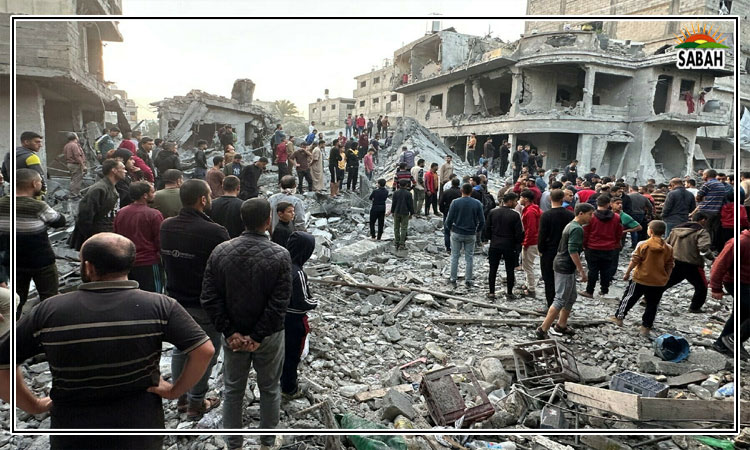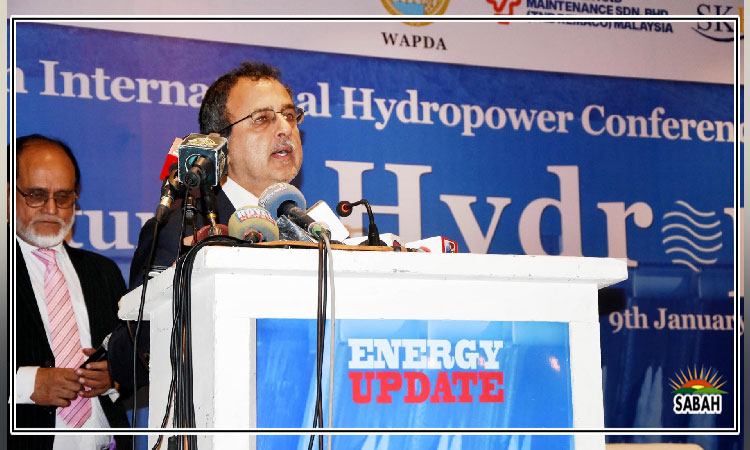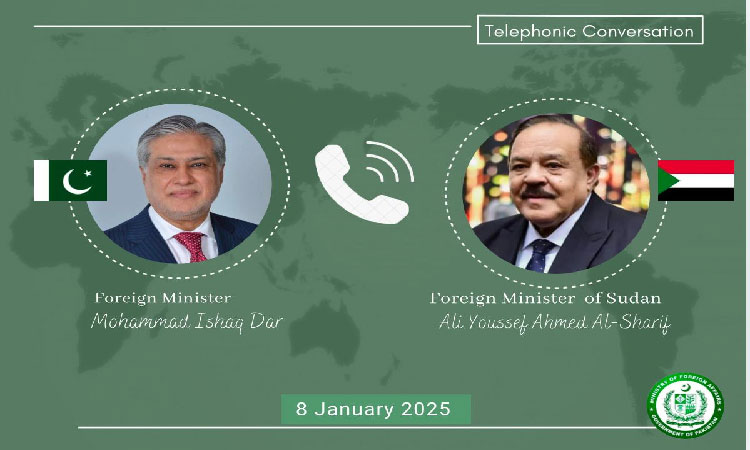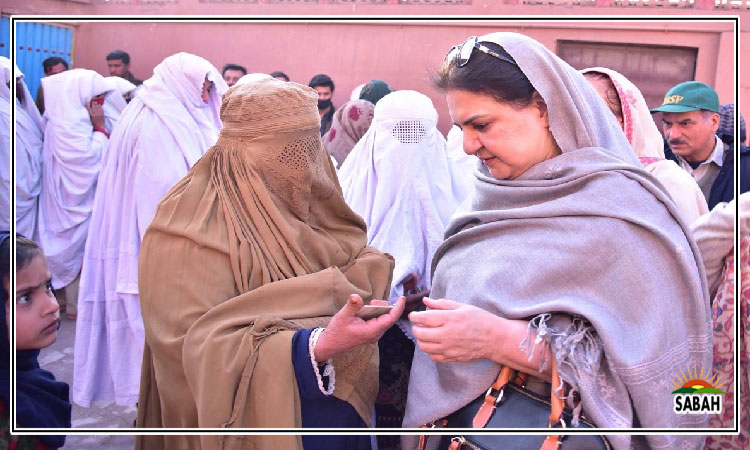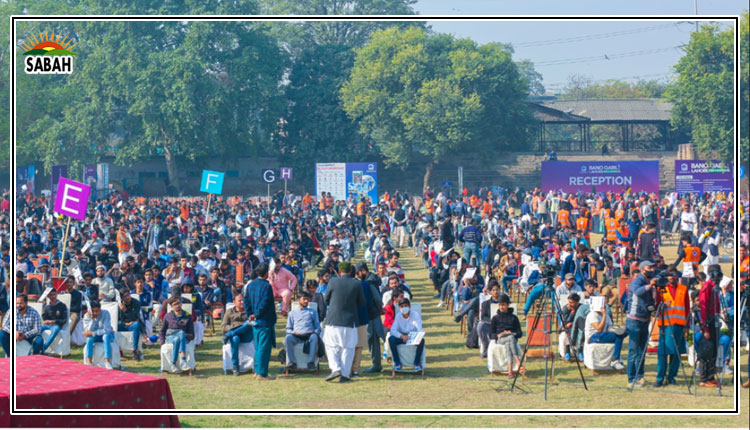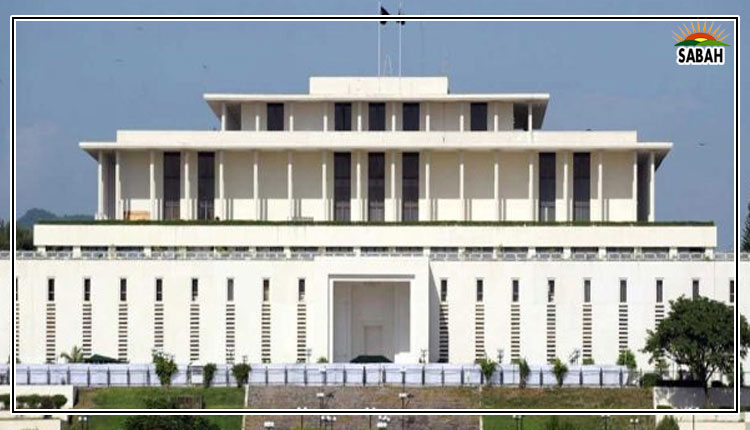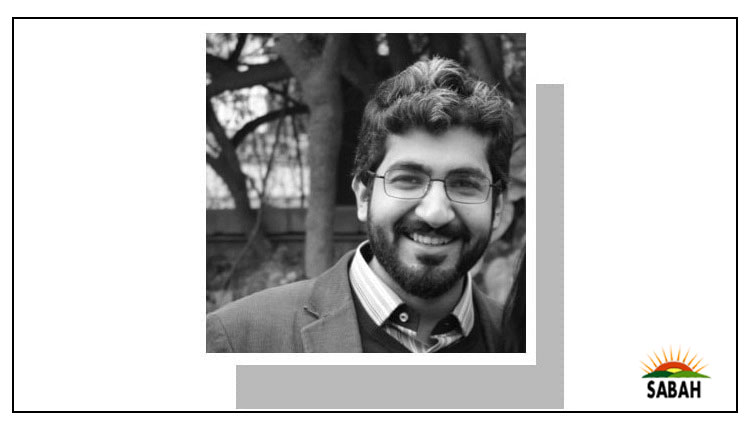Contaminated Lahore…Umair Javed
PAKISTANI cities are highly mismanaged. Their governing structures are opaque, centralised, and rigidly bureaucratic. As a result, they do not cater to the needs of large swathes of their residents. Karachi is the countrys most obvious case of urban misgovernance, but one can find similar stories of decay from all over, including Lahore.
Two weeks ago, research made public by the Action Research Collective (ARC) an organisation doing advocacy-centred research on urban service delivery issues highlighted the stark case of water quality and contamination in Lahore. Water samples collected from 400 different locations showcased six major E.coli hotspots. Faecal contamination was detected in the water samples collected from Chungi Amer Sidhu, Charar, Kirianwala, Kharas Mohalla, Kot Khwaja Saeed and Mustafabad. More than a third of residents in one of these neighbourhoods complained about gastro issues and skin infections just in the preceding two weeks. In Chungi alone, 45 per cent of all samples collected showed E.coli contamination.
In earlier research published by ARC-affiliated researchers, detrimental effects of chronic lead exposure were documented among residents of the industrial neighbourhood of Shadi Pura in Lahore. Distressingly, they found residents exhibited symptoms of lead poisoning, including fatigue, muscle pain, and headache, with a significant percentage of women (44pc) reporting miscarriages. Iron deficiency anaemia was highly prevalent among all sub-groups of the study population, with adult females showing a significantly higher prevalence than adult males. Male children were the most affected subgroup, with 93pc displaying anaemia. In any other context, this would be grounds for a public health emergency.
The fact that water and air quality is poor in these areas is an important fact and one that deserves urgent government attention. What makes these findings even more stark is that contaminants are found almost exclusively in low-income areas, especially former village settlements that have been enveloped by the city over time. Water samples collected from high-income neighbourhoods such as DHA, Gulberg, Model Town and Johar Town do not show faecal contamination. In fact, the water there direct from source is generally thought to be okay for use without boiling or any other intervention.
Nothing demonstrates the inequality of urban life more than this disparity in usability and safety of an essential need, ie, water. Given that its provision rests largely in the hands of municipal government entities, such as the Water and Sanitation Authority or the Cantonment Board, one needs to ask what explains the current indifference and what would it take to improve it.
The literature on urban service delivery from other country contexts focuses on several factors that can help explain why services may be unequal across high and low-income areas. The baseline situation in nearly all cities, historically, is that upscale and posh areas generally get better services. This is because decision-makers themselves are usually residents of those areas, residents have better voice and resources, and they can lobby governments to solve their own issues.
This is very much the case in Lahore and other cities of Pakistan as well. A look at where government development entities, such as the Lahore Development Authority, spend their resources, shows that priorities are often given to large-scale road infrastructure projects, which most directly benefit car-owning households. On March 30, LDAs official Twitter account published a tweet with the preamble exciting news for Lahore residents!. What was the assumed source of excitement? The proposal of a four-lane underpass on Bedian road between DHA Phase 5 and DHA Phase 6.
The project will cost hundreds of millions, if not several billion rupees. Regardless of how it is marketed, it is only designed to improve the flow of traffic between two DHA phases, which house an extremely small percentage of the citys population. The initial congestion itself is a product of DHA violating all master planning efforts (and common sense) as it developed its phases wherever it could find land, with no consideration to future growth and usability. The government is now, very generously, planning to bail it out by using its own resources. This should excite only some car-owning, DHA-dwelling residents of Lahore and no one else.
At the heart of these misplaced priorities is a decision-making system that by its very design does not have any capacity to listen to what people actually want. It does not take much to figure out that water contamination and sanitation are the biggest two problems in Pakistani cities, including Lahore. One can walk into any low-income neighbourhood and validate this by asking a resident. Not only does this crisis have stark health-related consequences, it also produces all sorts of negative externalities, including on education and future employment prospects. In some ongoing research looking at old village communities that have become urbanised, we have recorded testimonies of residents talking about the mental and physical difficulties that unsafe water poses in their day-to-day lives from spending money for ground water extraction to taking out extensive time and resources to boil water or taking arduous trips to public filtration systems.
As population densities of Lahores low-income areas, such as these old village clusters, climb, the strain on both groundwater and the existing sewage and sanitation system will increase further. The risk of contamination and associated water-borne diseases will also increase manifold. And this will likely happen alongside no considered change in how decision-making about the city is carried out. Projects will continue to be decided on a whim or on the needs of a small minority of urban residents. And consequently what could have been an avoidable public health problem will likely snowball into a full-blown crisis.
Courtesy Dawn




